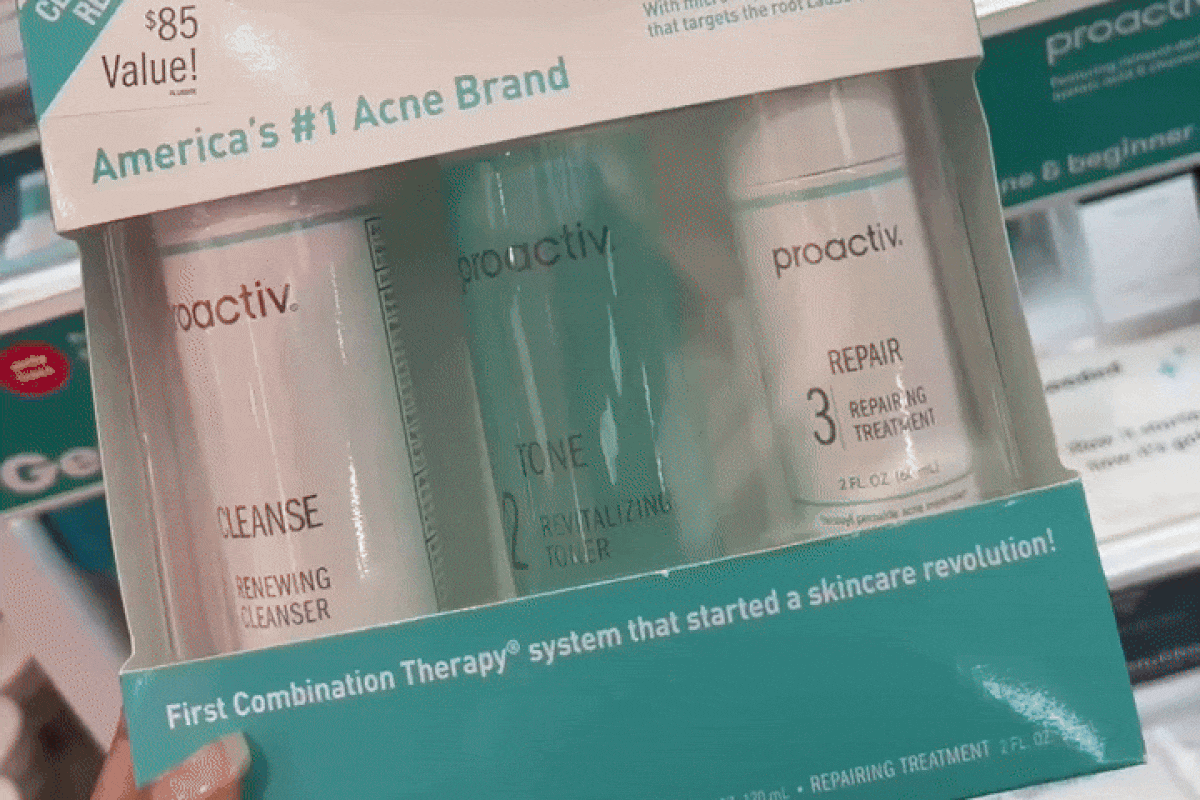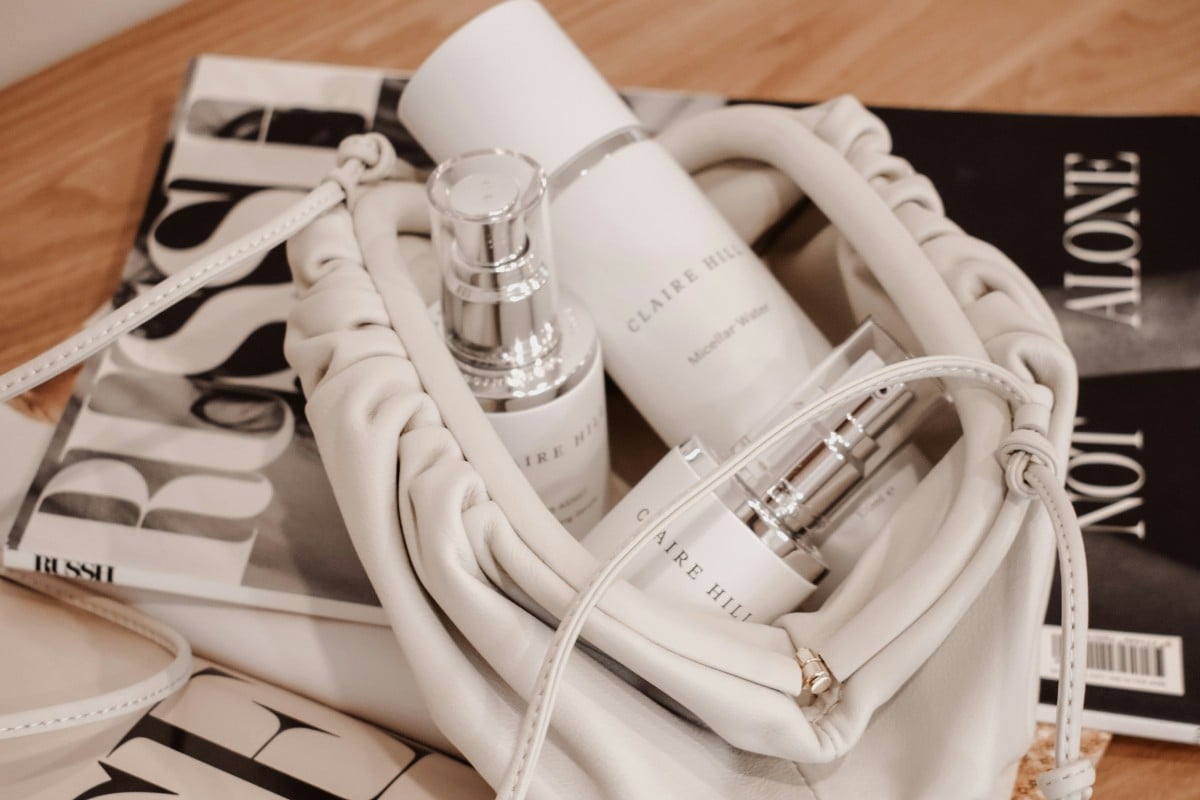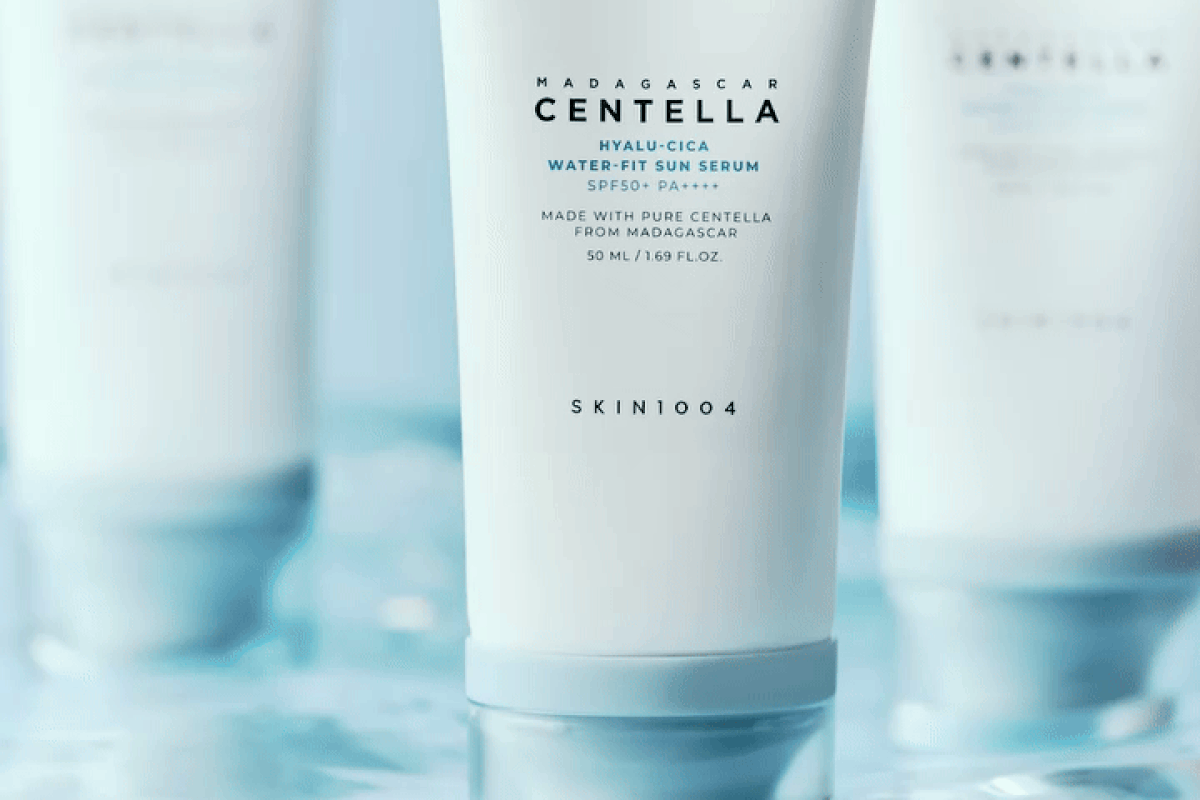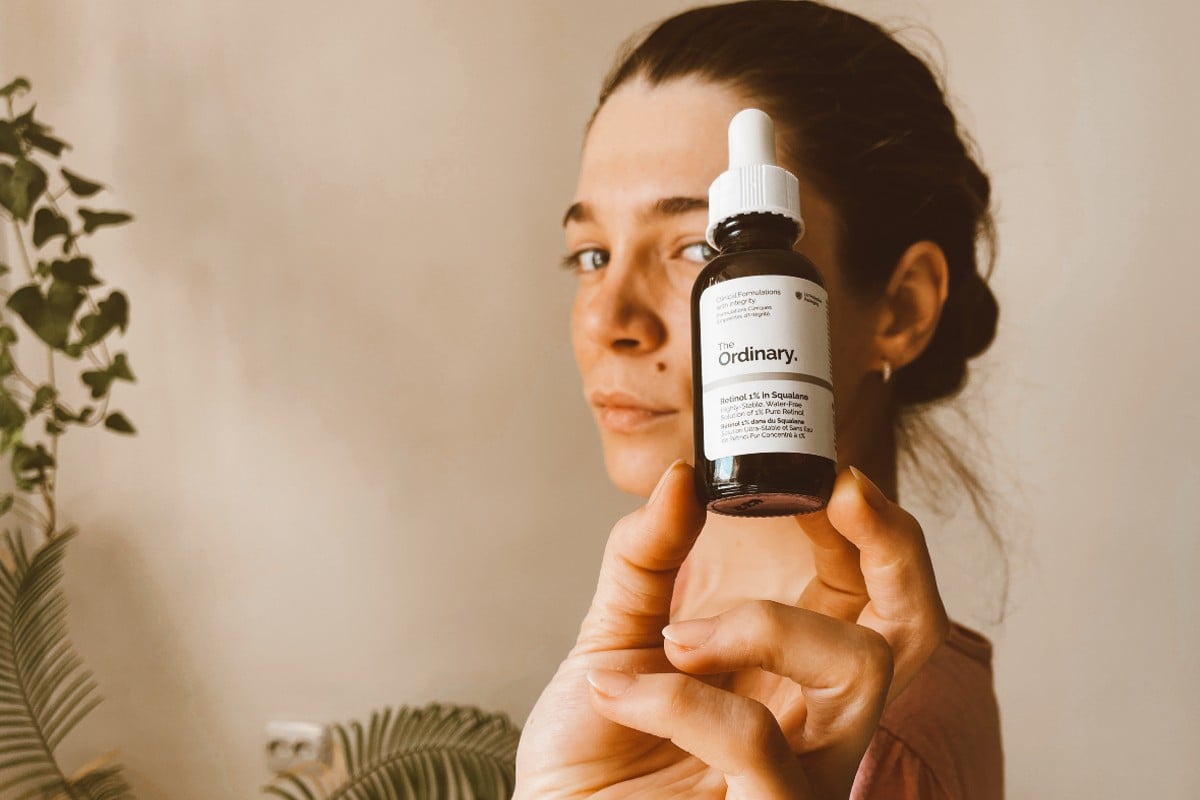If you’ve spotted trehalose on the ingredients list of your skincare products and don’t know what this is, you’ve come to the right place. In this article, I’ll explain everything about trehalose, from what it is to what it does for the skin, then you’ll decide if you want it in your products or not.
Spoiler: you’ll want it badly!
What is trehalose
Trehalose is a natural sugar derived from plants and fungi, having the role to resist extended periods of severe desiccation and protect against oxidative stress. To do this, trehalose forms a gel, preventing cells dehydration, which, in turn, hinders cell damage. More precisely, during water deficit in plants, trehalose forms a gel phase in the cells undergoing dehydration, thereby preventing cells from drought and high salinity. It also protects against the protein degradation that occurs during severe abiotic stresses.[1]
What does trehalose do for the skin?
In skincare, trehalose is used as a hydrating ingredient, thanks to its water-binding properties. Besides its rehydrating properties, trehalose is also a potent antioxidant and skin protector.
Trehalose skin benefits
When used in skincare products, trehalose has three main benefits: hydrating and protecting skin, and also acts as an antioxidant agent. Now let’s split hairs.
Hydrating trehalose skin benefits
Of all trehalose skin benefits, the hydrating properties are the most praised and researched. How trehalose does that it’s pretty interesting: it mimics the natural moisturizing factor’s (NMF) composition found in the outermost skin layer (epidermis).
NMF is composed mainly of amino acids and various derivatives of these amino acids, such as urocanic acid, salts, sugars, lactic acid, and urea.[2] They all keep the skin’s surface hydrated and supple. In layman’s terms, trehalose prevents cellular dehydration.[3]
Drying ingredients, such as alcohol and cleansing agents, as well as aging, deplete the NMF, making the skin feel tight and dry. Using trehalose in skincare helps maintain the natural moisturizing factor integer, so skin looks plump and healthy.
A study actually compared hyaluronic acid (HA) and trehalose in the treatment of dry eyes, though, not on the skin. However, the researchers concluded trehalose was superior to HA in the treatment of moderate-to-severe dry eye syndrome.[4]
A lot of skincare brands swapped hyaluronic acid for trehalose. Thanks to its smaller molecular size, trehalose is more texturally compatible with some formulations, making it a great alternative to HA. Also, since trehalose is naturally derived, it’s less likely to cause sensitivities, unlike hyaluronic acid, which is lab-made. But this doesn’t make HA less good than trehalose. Actually, for a more holistic approach to hydration, it makes sense to use these ingredients together since they act differently: HA binds water into the skin, while trehalose aids in preventing cellular dehydration.
Trehalose as an antioxidant
Another benefit trehalose has for the skin is its antioxidant activity. Yes, trehalose protects skin from free radical damage caused by UV exposure and pollution. Free radicals weaken the skin and are linked to premature aging signs. Using antioxidants like trehalose, the oxidative damage caused by free radicals is limited. When cells are exposed to environmental stresses, like cold, oxidation, heat, desiccation, trehalose is synthesized as a stress-responsive factor, protecting the cells.[5]
The takeaway
In addition to hydrating skin, trehalose helps protect cells from being damaged by free radicals, making it a strong antioxidant.
And since everybody, regardless the skin type or concern, need hydration and protection against oxidative stress, everybody can trehalose in their skincare products. The exception from the rule is people who have specific allergies to this compound. However, being naturally derived, trehalose is safe to use, compared to lab-made ingredients. In the years to come, trehalose will become more and more popular in skincare formulations, since it’s a gentle compound that has potent benefits.
- Senescence Signalling and Control in Plants, Saiema Rasool, Bilal Ahmad Mir, Muneeb U Rehman, Insha Amin, Manzoor Ur Rahman Mir, Sheikh Bilal Ahmad.
- Maria Gunnarsson, Enamul Haque Mojumdar, Daniel Topgaard, Emma Sparr, Extraction of natural moisturizing factor from the stratum corneum and its implication on skin molecular mobility, Journal of Colloid and Interface Science, https://doi.org/10.1016/j.jcis.2021.07.012.
- Crowe, John & Tablin, Fern. (2004). Stabilization of cells in the dry state by trehalose. In Vitro Cellular & Developmental Biology – Animal. 40. 11A-11A.
- Matsuo T. Trehalose versus hyaluronan or cellulose in eyedrops for the treatment of dry eye. Jpn J Ophthalmol. 2004 Jul-Aug;48(4):321-7. doi: 10.1007/s10384-004-0085-8. PMID: 15295655.
- Jain NK, Roy I. Effect of trehalose on protein structure. Protein Sci. 2009;18(1):24-36. doi:10.1002/pro.3





